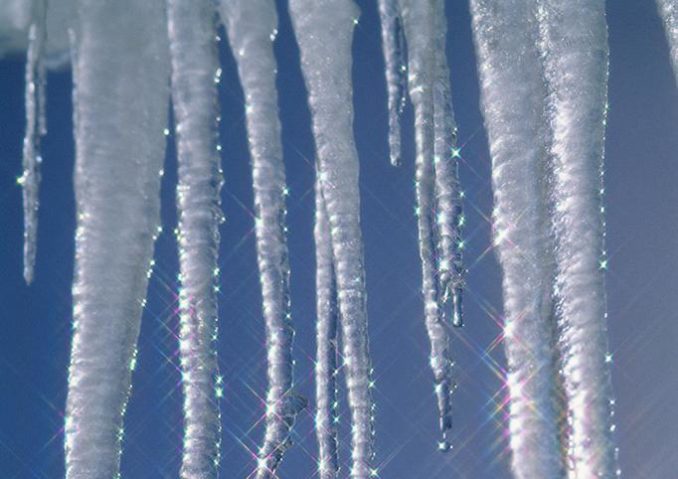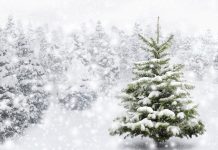Tips for Preparing Your Bergen County Home for Winter! With old man winter right around the corner with cold and blustery weather conditions, preparations should be considered inside and outside your home to protect your investment, maintain your safety, and provide comfort throughout the cold winter months.
Indoor Preparations
As the winter months approach, the most obvious items to address center primarily around ensuring that your home remains warm. Regardless of your heat source, preventative measures should be taken to ensure that you stay warm and safe inside your home. Some of the most important areas to assess include:
• Furnaces – regular annual furnace inspections will help keep your furnace in good repair. Cleaning or replacing furnace filters monthly during the operating months will keep your furnace operating efficiently.
• Oil Heaters – oil heaters require annual inspections and maintenance like furnaces. Annual inspections should include: inspecting the chimney, cleaning the pipes to remove the soot build-up, replacing the air filter, checking oil pressure, and cleaning the oil filter bowl. Oil supplies will need to be replenished.
• Fireplaces – a chimney sweep should perform periodic cleanings to remove soot and creosote buildup to prevent chimney fires. It is also a good time to ensure that woodpiles are sufficiently stocked for the winter months with well-seasoned wood. Woodpiles should be located in a dry location and in an area away from structures to prevent granting wood-eating insects, such as termites, easy access to your home.
• Inspect windows and doors for leaks – replacing cracked windows or sealing air leaks around doors and windows will not only make the winter months more comfortable but will also lower the costs of heating your home. One method of sealing leaks around windows is by using a removable caulking product which allows for easy removal and restoration of functionality for windows with the return of warmer weather in the spring.
• Evaluate smoke detectors and related safety equipment – the ending of daylight savings time is ideal for replacing batteries in smoke detectors and any other battery-powered safety or emergency equipment. It is also a good time to evaluate existing smoke detectors, carbon monoxide detectors, and fire extinguishers in terms of lifespan and whether they provide adequate coverage. Smoke detectors and fire extinguishers are generally considered to have a lifespan of 10 years, whereas carbon monoxide detectors have a lifespan generally ranging from 2 to 5 years. Beware that batteries in the carbon monoxide detectors may still function after the actual carbon monoxide sensor has ceased being operational.
Outdoor Preparations
Outdoor preparations should include a walk around your property with an eye for cracks in foundations, the mortar in brick structures, and caulking or weather-stripping that has failed. Other things to look for include: evidence of uninvited guests in the form of rodents or birds living or nesting in unsafe or unwanted locations, exposed wood that may need some protective treatment applied, and items too close to heat sources that could become fire hazards. In addition to this general evaluation, here is a list of specific things to consider:
• Hoses/hose bibs – in regions where temperatures drop below freezing, it is important to disconnect and drain your garden hoses and either wrap hose bibs or cover them with insulating covers to prevent freezing pipes. A quick inspection for other exposed pipes that may need insulating will avoid the headache of dealing with broken pipes later.
• Sprinkler systems – sprinkler systems will need to be drained in colder climates to prevent water from freezing and causing cracked or broken pipes. You may be able to drain the water yourself, or you may hire a professional to winterize it by blowing the water out of your system with an air compressor.
• Roof – inspect your roof for any loose, missing, worn, or damaged shingles, tiles, or other roofing material and have any needed repairs made to prevent unwanted water damage.
• Clean your gutters and downspouts – after leaves and other tree debris has fallen and collected in your gutters, it will be important to clean the gutters and downspouts to prevent water from backing up and causing water damage or overflowing during winter storms.
• Clean landscaping tools – when storing your landscaping tools for winter, take the opportunity to clean them well, apply a light coat of lubricant on tools such as pruning shears to keep them operational and to extend their lifespan, and replace tools that are in poor condition so you’ll be prepared next spring when your landscaping begins to come to life once again.
• Prepare winter equipment – now is the time to test winter equipment that you may need in the coming months and make any necessary repairs ahead of time. Knowing that the snowblower or backup generator will work and are in good repair and that you are prepared for inclement weather will provide peace of mind. It is also an excellent time to place this equipment, shovels, and salt in an accessible location to be readily available when needed.
• Winter fertilizer – an application of winter fertilizer to lawns will promote stronger roots and help produce a healthier lawn in the spring.
• Plants – Look at your landscaping and determine if plants may be sensitive to cooler weather and require special preparation. While some plants may need to be trimmed, others may require additional composting materials around their roots to protect them during freezing temperatures. Others will need to be moved to a sheltered area or indoors. This is also a good time to lift bulbs that won’t survive colder temperatures, such as dahlias, and consider planting spring bulbs like tulips and daffodils.
Maria Rini of RE/MAX Real Estate Limited provided this Real Estate Advisor Blog, 297 Kinderkamack Road, Oradell, New Jersey.











